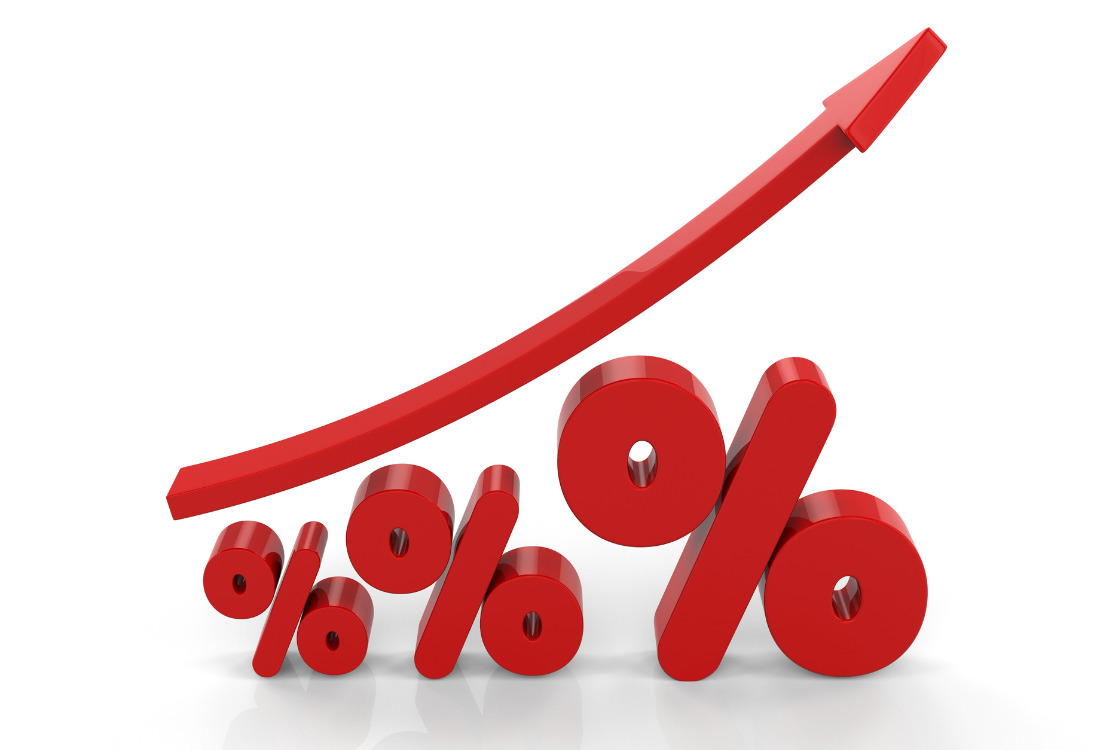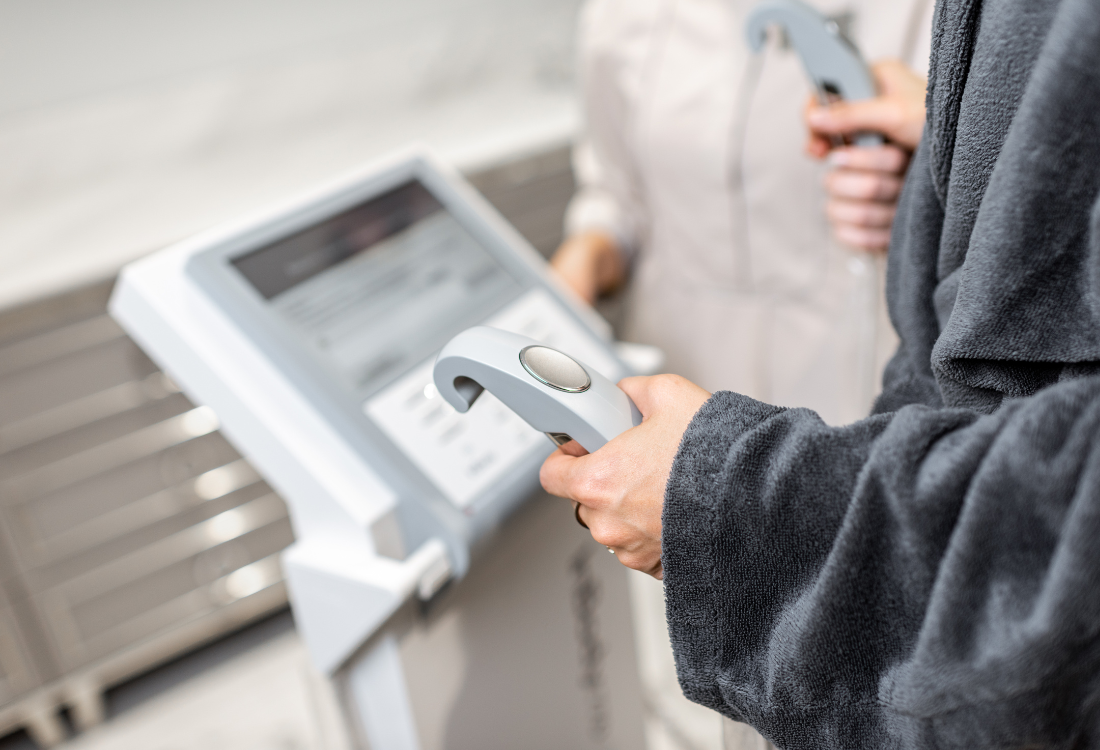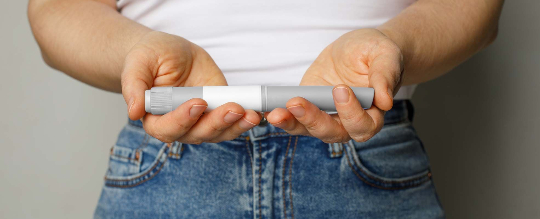I have, in the past, measured body fat percentages from people in client work and research. However, I have not done so for years, and there is a reason for this. Body fat percentage can be measured, but it does not always provide genuine benefit to the individual being measured. Often, the opposite is true. This article, I examine the use of body fat percentage and what it truly reveals.
Individual Body Fat Percentage Differs from the Group-Level Average
Let’s begin with a typical example of how body fat percentage can be determined.
Firstly, no body fat percentage meter directly measures the amount of fat in the body – they only measure an indicator, based on which assumptions or assumptions of assumptions are made to estimate the body’s fat percentage.
For example, electrical conductivity devices measure the resistance of the electrical current passing through the body. Since water in muscle conducts electricity better than fat, this provides an estimate of the body’s fat content. Regardless of the measurement method, they always involve assumptions about how the body functions. These assumptions are not always accurate.
What is the problem with measurement methods? A minor issue is clearly highlighted by the title of this body fat percentage study: Indirect estimates of body composition are useful for groups but unreliable in individuals or in Finnish “Indirect estimates of body composition are useful for groups, but unreliable for individuals“. I have also reached the same conclusion in one of our own studies.
Thus, at a group level, the average of measurements provides some information, but at an individual level, the data is so imprecise that it doesn’t truly reveal anything.

Is a Normal Body Fat Percentage a Myth?
There are recommended values for body fat percentages, which merely illustrates how deeply the misunderstanding of the background of body fat percentage has permeated.
One problem lies in the varying measurement methods. Different reference values largely lose their significance because individuals are measured with countless different devices, and all devices yield entirely different results.
While working at the UKK Institute, we had an exceptionally good opportunity to simultaneously use five different body fat percentage methods. The measurements were conducted on dozens of individuals under the same conditions within a few hours. One average example involved a man with a BMI (Body Mass Index) of 30, who received the following readings from different meters: Body fat percentage 20%, 23%, 27%, 31%, and 36%.
At that time, the measurement and body fat percentage taken for myself indicated that the reading varied between 4% and 17%. When compared to a table illustrating body fat percentages for male athletes, the reading fluctuated between “too low” and “too fat” results. The variation in both cases was significant. Thus, the results provided by different meters were strikingly different.
Body Fat Percentage and Reference Limits
Another problem with reference limits in general is that they are based on weak foundations. While there are reference values for BMI or waist circumference, these are based on data from tens of thousands of people – and even then, bodies deviating from the norm can receive false alarms, for instance, when muscular individuals have a high BMI despite not having excessive body fat.
For body fat percentages, reference values should therefore be measured separately for each measurement device and with a large number of people, which, of course, does not occur. However, a device’s result must have some reference value, so device manufacturers do not hesitate to present various recommended values.

“Doesn’t it Still Tell Us Something…?”
The title, by the way, is a very commonly heard response to criticism regarding body fat percentage, and the answer is often no.
As stated, body fat percentage cannot be used for assessing overweight, nor can it be reliably used to compare whose body is in better condition with a friend. Results vary depending on the measurement day and method.
Body fat percentage indicates long-term progress, allowing you to monitor changes. Even then, several percentage points of leeway must be allowed for body fat percentage measurement error. The reason I personally still do not use body fat percentage meters for tracking changes is that less random variation in results is achieved by monitoring circumference measurements, for example, at the waist, upper arm, thigh, or any preferred location.
If my opinion seems rather dismissive, there are a few reassurances. Fundamentally, I would state that all home-use electrical conductivity devices, which involve holding with hands or standing on metal plates, are highly inaccurate.
For example, the significantly more expensive InBody device, utilized by many professionals, is a good device within its category, even though it cannot entirely circumvent the issues inherent in electrical conductivity measurements.
In my opinion, with old-fashioned caliper measurements, the readings and variation remain at a somewhat more familiar level. Among research methods, DEXA is also a relatively functional device for measurement. Experienced testers who frequently measure body fat percentage can utilize the measurement as a value-adding factor. If the measurer understands the strengths and weaknesses of their method, the final result is superior.
Only a small fraction of body fat percentage measurements are conducted by such experienced and knowledgeable individuals. For instance, at expos, fitness events, or sports centers, you can have your body fat percentage measured, and in such cases, all results and interpretations are possible.

The Pursuit of a “Good Body Fat Percentage” is Concerning
What concerns me most is that the concepts of “normal body fat percentage” or “good body fat percentage” and their pursuit influence people’s actions and moods. If body fat percentage and the attitude towards it were a less serious matter, there would be no such concern.
I have often stated that “these numbers are what they are, and there’s no need to worry about them”, yet people seem to find it difficult to emotionally disregard the reading provided by the measurement. If, for instance, the meter gave an unusually high reading or indicated a setback when progress was expected, my initial thought would not be that the meter is revealing the truth. I would first assume it is simply a poor meter.
Body fat percentage can appear high even if the body is in good condition by all other measures. If body fat percentage is high, the temptation to start dieting is significant. People experience unnecessary stress from these measurements. Especially in youth sports, regular body fat percentage measurement is an absolute no-no – it shifts the focus in sports to the body rather than the joy of the sport and performance. Furthermore, the risk of eating disorders increases with the use of such meters among young people – and adult perspectives are not immune to this either.
Body Fat Percentage Can Lead to Peculiar Interpretations
A fairly common instruction after using some meters is that the measured individual’s body has low water content, meaning they need to drink more.
At its most blatant, this conclusion is a misinterpretation: if body fat percentage is high, the body’s fluid content naturally appears lower. The solution is not to drink more. In theory, a better meter, such as multi-frequency measurement, can estimate the amount of extracellular fluidwhich is considered an indicator of fluid retention. Based on my own – albeit limited – experiences, I cannot trust this measurement method at an individual level either.

Does Body Fat Percentage Motivate Lifestyle Change?
One of the arguments in favor of measurements is that they motivate clients towards lifestyle changes. I understand this point, as it is essential to evaluate the results achieved through effort. However, I do not comprehend why such an error-prone method as body fat percentage measurement is chosen as the metric.
The pursuit of a “normal body fat percentage” can be motivating, but unfortunately, the new body fat percentage may not be desired, even if everything has genuinely progressed in a positive direction.
I find it somewhat difficult to comprehend the logic behind body fat percentage measurement, as methods and systems with smaller random errors are available.
I work with athletes, fitness enthusiasts, and individuals seeking weight loss, among others. It would not even occur to me to use a body fat percentage meter as either a motivational tool or a progress tracker.
Body Fat Percentage and its Measurement Devices are Here to Stay, so how should They be Approached?
If you undergo a body fat percentage measurement and the tester appears to treat the figures as absolute truth with crystal-clear conclusions, I offer one piece of advice – flee. It is also advisable to pause and reflect when dealing with interpreters of approximate figures.

Is Body Fat Percentage a Source of Motivation or Profiteering?
My interpretation of the question in the title is that, generally, measurement stems from ignorance. Measurements are genuinely believed to be far more accurate than they are, thus constituting uninformed motivation. Sometimes, it is merely a means to earn a few extra euros for an additional service, “because people appreciate these figures.”
However, I occasionally encounter measurements being used as loss leaders, for example, “come and get your body fat percentage measured for free,” because it is known that people are interested. In reality, it is understood that the informational value of such measurements is zero. In my opinion, this borders on deception. If I personally witness such practices at an exhibition stand, I am compelled to avoid that stand entirely. Regrettably, respected health and exercise organizations have often been among those conducting these measurements.
Have you considered why body fat percentage is measured? And above all, do body fat percentage measurements yield more benefit or harm?
Patrik Borg
Nutrition Specialist










